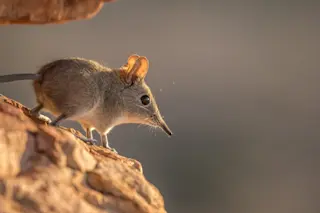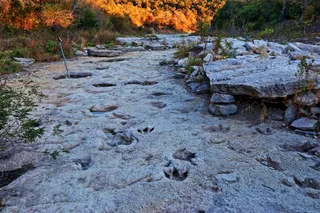About 225 million years ago, at the very dawn of mammalian existence, the creatures that humans and all other extant mammals would descend from were diminutive creatures about the size of a shrew.
This handicap on size placed them squarely on the dinner plate of dinosaurs, and many other larger creatures that lived on our planet at the time. It may also be the reason that their ancestors, including humans, don’t live longer than we do.
“The hypothesis is that mammals spent 100 million years during the time of the dinosaurs at the bottom of the food chain,” says Joao Pedro de Magalhaes, a molecular biogerontologist at the University of Birmingham who recently published an essay on the reasons for mammalian aging.
During this extended period of evolution, it’s possible that mammals evolved out of many of the anti-aging traits that some reptiles, birds, and fish retain today — there’s ...















